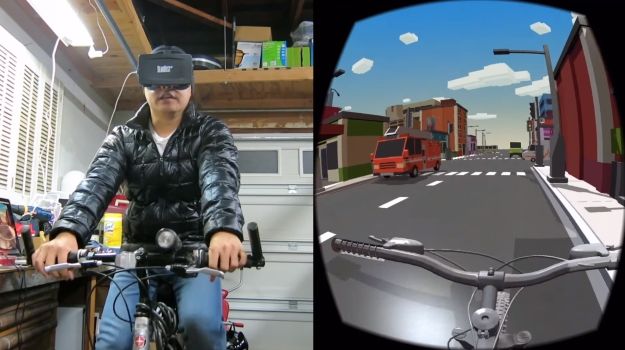Jan 27, 2016
VR cycling setup created for just $40
Posted by Karen Hurst in categories: mobile phones, virtual reality
A cheaper way for VR wear for consumers; are consumers potentially being ripped off?
The Oculus Rift finally went on sale, but that $600 price tag is a bit too steep for some to justify. Fortunately, VR doesn’t have to be expensive. Take this virtual reality cycling rig that someone created for $40.
It’s the work of Paul Yan, who’s the animation director at Toys for Bob — the studio that developed Skylanders and kicked off the toys-to-life revolution. He previously figured out how to build an “Arduino thing” that could talk to a smartphone via Bluetooth LE and he wanted to put his contraption to good use.


















